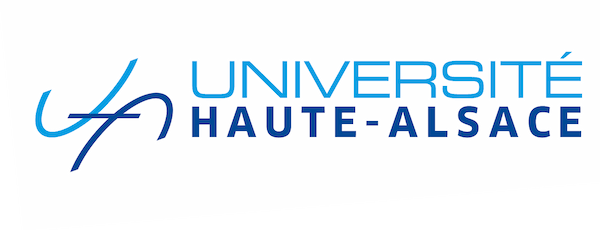Title : Natural cycles and pollution
Author(s) : Stefano Bosi, David Desmarchelier
Abstract : In this paper, we study a competitive Ramsey model where a pollution externality, coming from production, impairs a renewable resource which affects the consumption demand. A proportional tax, levied on the production level, is introduced to finance public depollution expenditures. In the long run, two steady states may coexist, the one with a low resource level, the other with a high level. Interestingly, a higher green tax rate lowers the resource level of the low steady state, giving rise to a Green Paradox (Sinn, 2008). Moreover, the green tax may be welfareimproving at the high steady state but never at the low one. Therefore, at the latter, it is optimal to reduce the green tax rate as much as possible. Conversely, the optimal tax rate is positive when the economy experiences the high steady state. This rate is unique. In the short run, the two steady states may collide and disappear through a saddle-node bifurcation. Since consumption and natural resources are substitutable goods, a limit cycle may arise around the high stationary state. To the contrary, this kind of cycles never occur around the low steady state whatever the resource effect on consumption demand. Finally, focusing on the class of bifurcations of codimension two, we find a Bogdanov-Takens bifurcation.
Key-words : nature, logistic dynamics, Ramsey model, depollution, saddle-node bifurcation, Hopf bifurcation, Bogdanov-Takens bifurcation.
JEL Classification : E32, O44.






